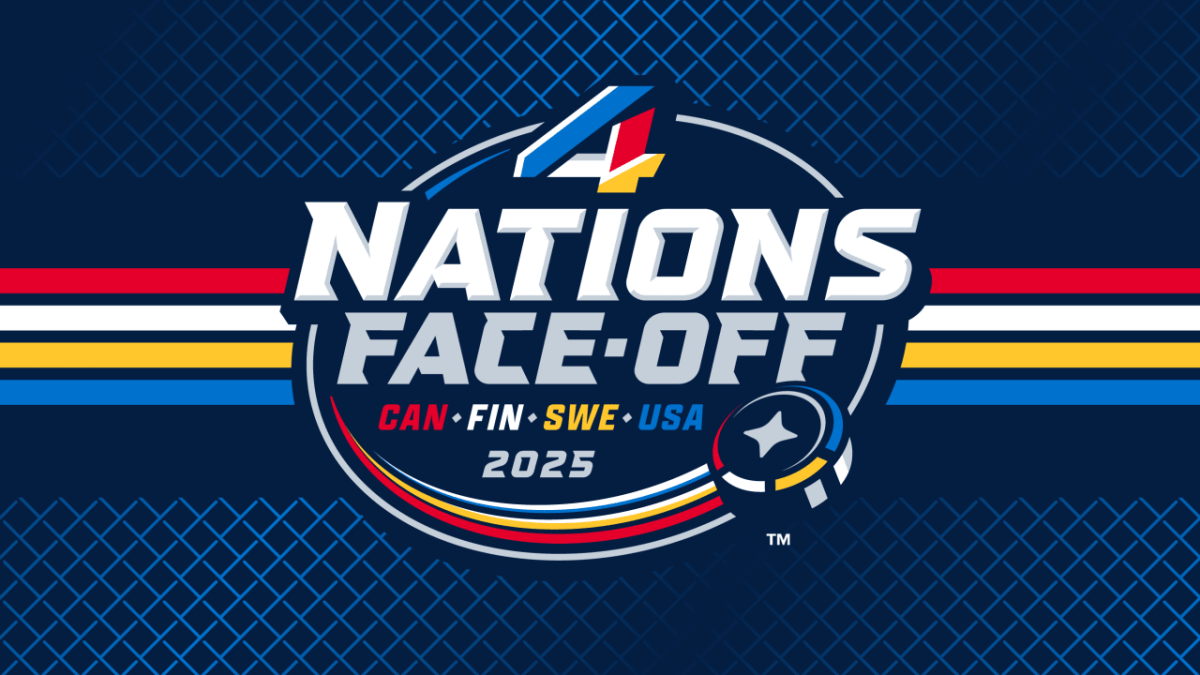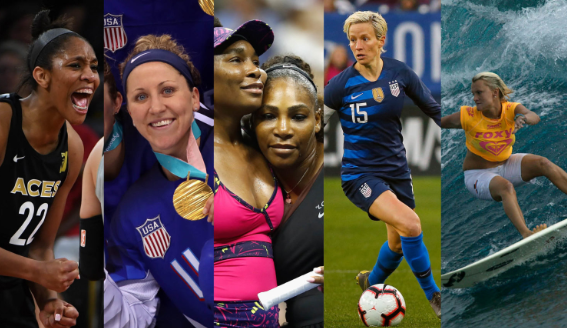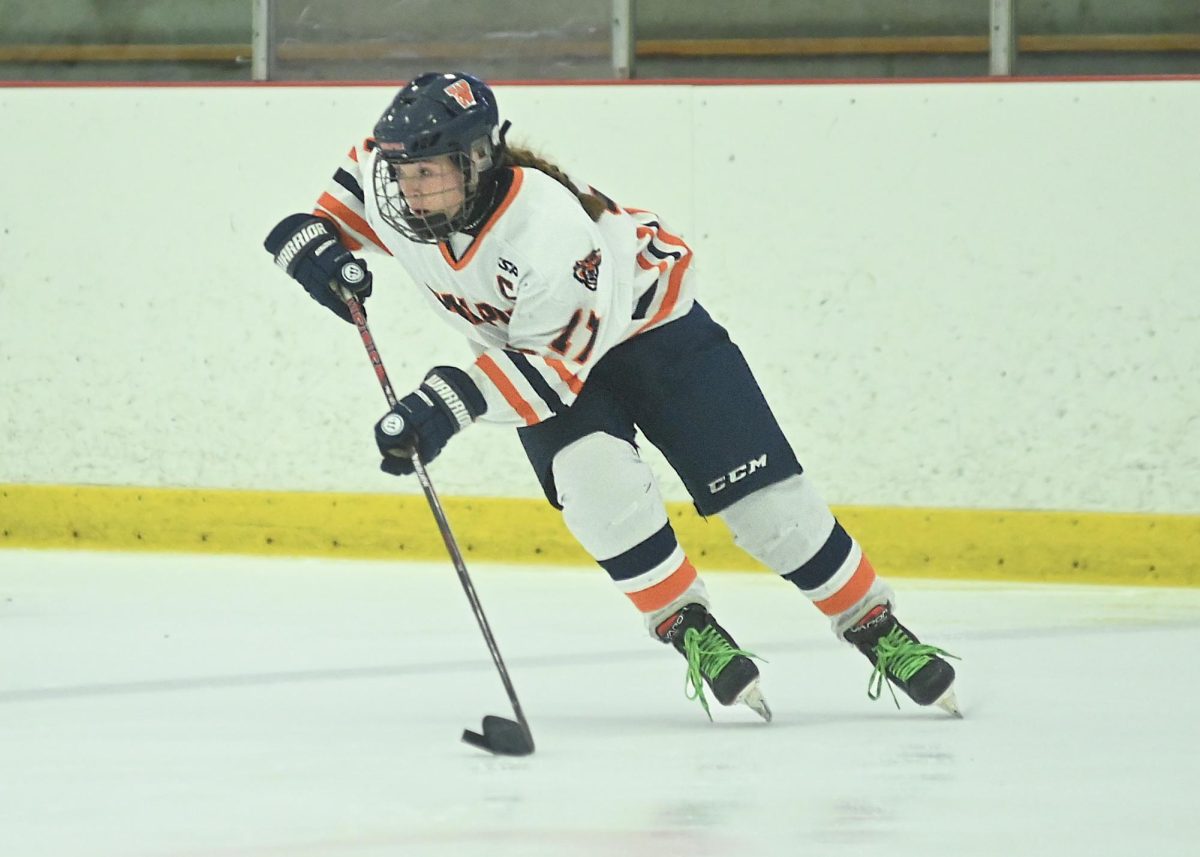With the Winter Olympics approaching on Feb. 9, Americans are eager to watch figure skating and ice hockey and skiers and snowboarders, especially athletes such as Lindsey Vonn and Shaun White and Maddie Bowman.
However, few people know John Shuster. Despite his participation in the last three Olympics and his bronze medal in 2006 (the only American medal in his sport), few people know Shuster or his sport of curling, an Olympic sport since 1998. In contrast, Canada has received 10 medals in that time.
As a sports reporter in a town known for sports I know little to nothing about the sport of curling. Therefore, I took it upon myself to research this unpopular American sport, and try it out for myself.
I found a club in Falmouth, Massachusetts called the “Cape Cod Curling Club.” Their staff members were generous enough to let me learn not only how to play the game, but also to watch members of the club’s U18 (players under 18) practice.
Coach of the U18 team, John Murray, showed me around his facility and introduced me to the team. Members included four Falmouth residents: William Gerlach (14), Caleb Jartaer (15), Nicolas Cenzalli (13) and Anna Cenzalli (16).
“[In] first grade, the school had a family fun night, and it was curling,” Anna said. “Anybody could come if they wanted, but nobody knew what it was so they weren’t interested. I got one on one time with the coach and loved it from the first time I started it.”
After introductions, Murray taught me the basics of a match prior stepping onto the ice. In a regulation game, two teams of four face against one another. Each team tries to accumulate the most points over 10 rounds by throwing or sliding their 40-pound granite rocks into a zone, or the house: a 12-foot bullseye at the end of the sheet of ice. Teams alternate throwing every two rocks—with each team getting eight throws in a round. At the end of a round, the team with the rock or rocks closest to the center of the house (also known as the button) scores points.
Before the competition begins, a curling team must present their lineup. Once a lineup is created, it cannot be changed.
“At the beginning we all talked about what we wanted to do, we all have something that we are really good at,” Nicolas Cenzalli said.
The lead throws the first two rocks (and sweeps for others), the second throws the next two rocks (and also sweeps), the vice skip throws the next two (and sweeps and stands in the house), and the skip throws the last two rocks (after standing in the house).
While the team warmed up to practice, Murray showed me how to throw and release the rock. I practiced the technique and feet positioning off the ice first, so I had an idea of how to position myself when stepping onto the ice.
My dominant foot was used to push against the hack (a device similar to sprinting blocks in track) while my sliding foot was placed behind me, and my shoulders were squared.
As a rookie, I found the release of the stone very difficult. Although it appears as someone is simply letting go of the curling stone, slight movements of the wrist are large indicators as to where the rock will travel. Turning one’s wrist clockwise curls the rock to the right; counterclockwise curls the rock to the left.
“Weight control is probably one the hardest skills. For any level curler it’s very difficult being able to control how hard you release the rock,” Murray said.
The ice in curling texture consists of small bumps, and are the main reason sweepers are required in the first place. A skilled sweeper can allow the curling rock to move forward as much 10 feet.
Also, viewers may take note of all the yelling that occurs after the rock is released. This is done for communication purposes, the skip, who does not sweep, is in the house to alert sweepers of what their speed should be as well as when players are to sweep.
Although I never got to try out being the skip, I found sweeping to be my favorite aspect of the game: it gave me a scope of the skill and talent sweepers need to positively impact the match.
As for the 2018 Winter Olympics, the U.S. Men’s Curling will attempt to earn their second Olympic medal, and Women’s Curling will play to win their first Olympic medal. Viewers can tune into broadcasting sites as such NBC and NBCSN. Curling events between men and women will be a daily occurrence from Feb. 8 to Feb. 25.
If you are in the Falmouth area and are looking for a more hands-on experience, rookies are always welcome at the Cape Cod Curling Club. Tell them Megan Brigham sent you.

Jartar, Nicolas Cenzalli, William Gerloch, and Anna Cenzalli—after a practice game.













